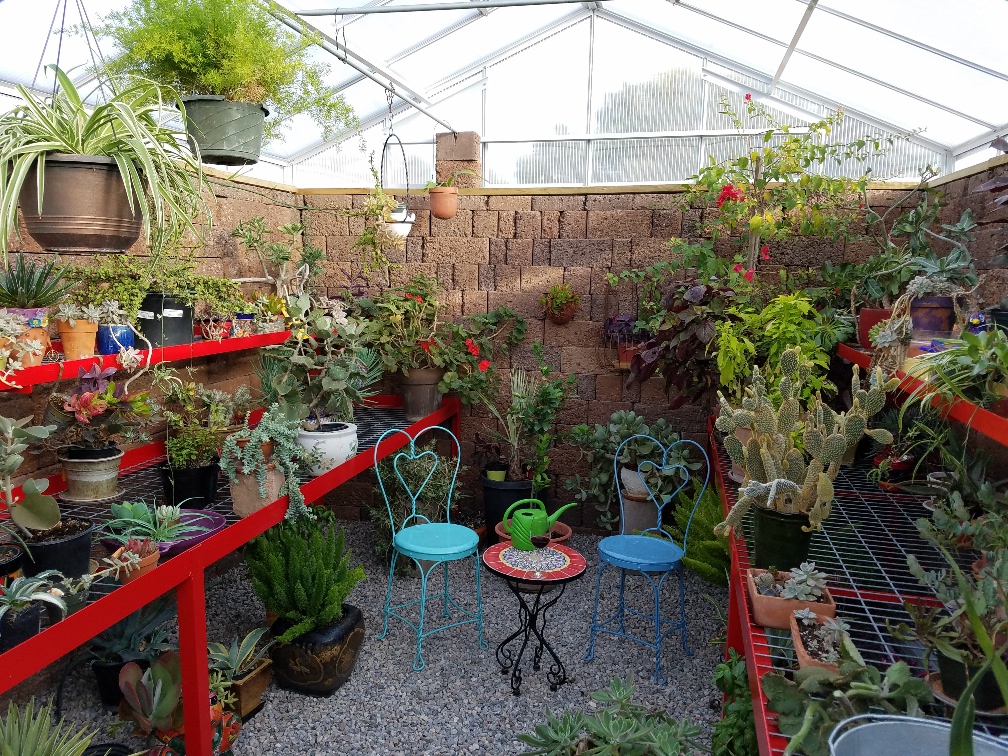What Is a Walipini Greenhouse?
Imagine stepping into a greenhouse in the dead of winter and seeing vibrant leafy greens, fresh herbs, and root vegetables thriving all around you. No frostbite, no chilly winds, just the comforting warmth of soil, sunlight, and smart design. Sounds like magic, right? Well, it’s not magic: it’s a Walipini greenhouse, also known as an underground greenhouse, and it’s one of the smartest ways to grow your own food year-round.
At Charley’s, we love exploring practical, eco-friendly gardening solutions that let you grow more, save energy, and make the most of your space. Today, we’re digging (literally) into Walipini greenhouses, why they work so well, and how you can start your own underground greenhouse project using our custom Cross Country Greenhouses.
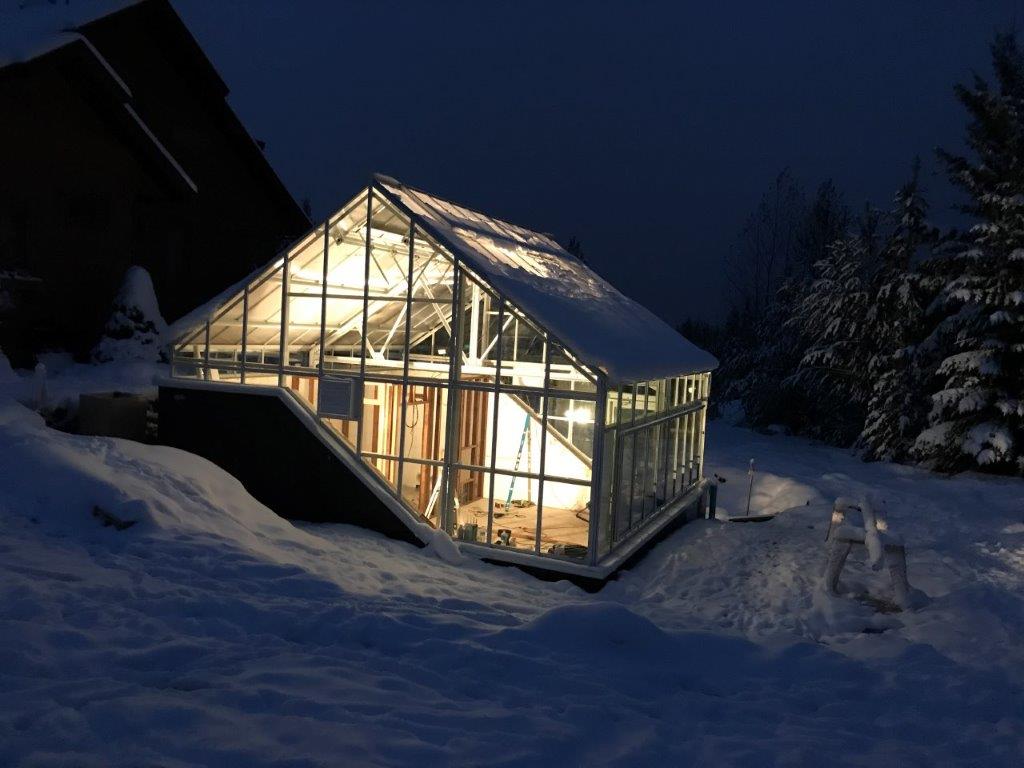
Why Choose an Underground Greenhouse
The word “Walipini” comes from the Aymara language, meaning “place of warmth.” And that’s exactly what this type of greenhouse is designed to be. A Walipini is an earth-sheltered, underground greenhouse. Unlike traditional above-ground greenhouses that sit on the surface, a Walipini is dug into the ground, typically 4 to 6 feet deep. The roof sits above ground and lets in sunlight, while the surrounding earth acts as a natural insulator.
Why go underground?
The soil just below ground level stays at a remarkably consistent temperature year-round, usually between 50 and 60°F (10–16°C). Even when the air above is freezing, the soil remains stable, creating a more predictable and energy-efficient environment for your plants. This is why gardeners around the world are intrigued by Walipini greenhouses for year-round harvests.
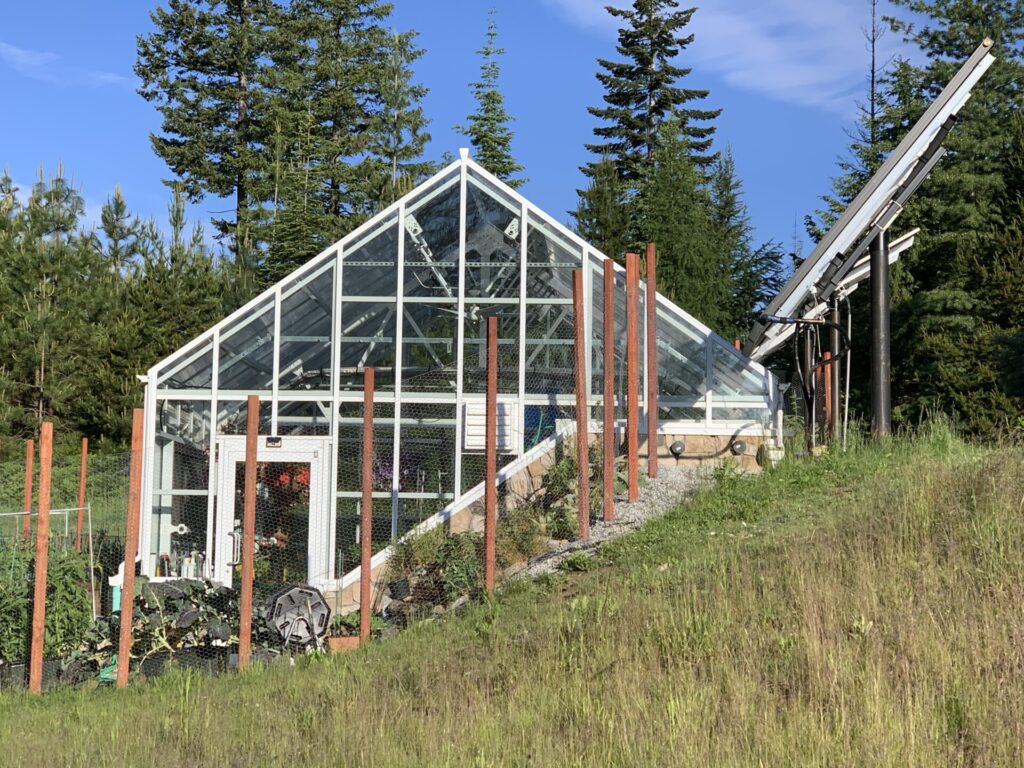
The Science Behind a Walipini: How Thermal Mass and Sunlight Work Together
At first glance, a Walipini might look simple: a pit with a clear roof. But behind the scenes, it’s a clever application of natural physics. Here’s a breakdown of how it works:
Thermal mass: The soil and any dense materials like stone, mud bricks, or water barrels inside the greenhouse act like a battery, absorbing heat during the day and slowly releasing it at night. This keeps the greenhouse temperature stable.
Sunlight capture: The sloped roof above ground is positioned to catch maximum solar energy. Sunlight passes through the glazing and warms the interior. Dark surfaces inside absorb more heat, while reflective surfaces can help distribute light to shadowed corners.
Heat transfer: Three natural processes keep your greenhouse cozy:
- Radiation: Sunlight directly warms surfaces inside the greenhouse.
- Conduction: Heat moves through materials, helping balance warm and cool areas.
- Convection: Warm air rises and circulates, preventing pockets of cold air.
Energy storage: Water barrels or stone walls store heat efficiently. During sunny days, they absorb excess energy, and at night, they release it back into the greenhouse.
Lighting adjustments: Because underground greenhouses get less natural light in the winter months, high-performance LED grow lights can help your plants thrive even when sunlight is limited.
The result? A greenhouse that naturally moderates temperatures, reduces energy needs, and creates a friendly environment for plants all year long.
Best Crops for a Walipini Greenhouse
Because Walipini greenhouses offer stable temperatures and protection from frost, they’re ideal for a wide range of crops. Some of the most popular choices include:
- Leafy greens: Lettuce, kale, spinach, and arugula thrive in consistent temperatures.
- Herbs: Parsley, cilantro, basil, and chives will grow year-round.
- Root vegetables: Carrots, beets, and radishes develop beautifully in stable conditions.
- Other vegetables: Tomatoes, peppers, and cucumbers can also flourish with proper heat and light management.
Even with a smaller footprint, you can grow enough food to make a meaningful contribution to your household supply. With smart planning, your Walipini can support continuous harvests and offer a surprisingly high yield from limited space.
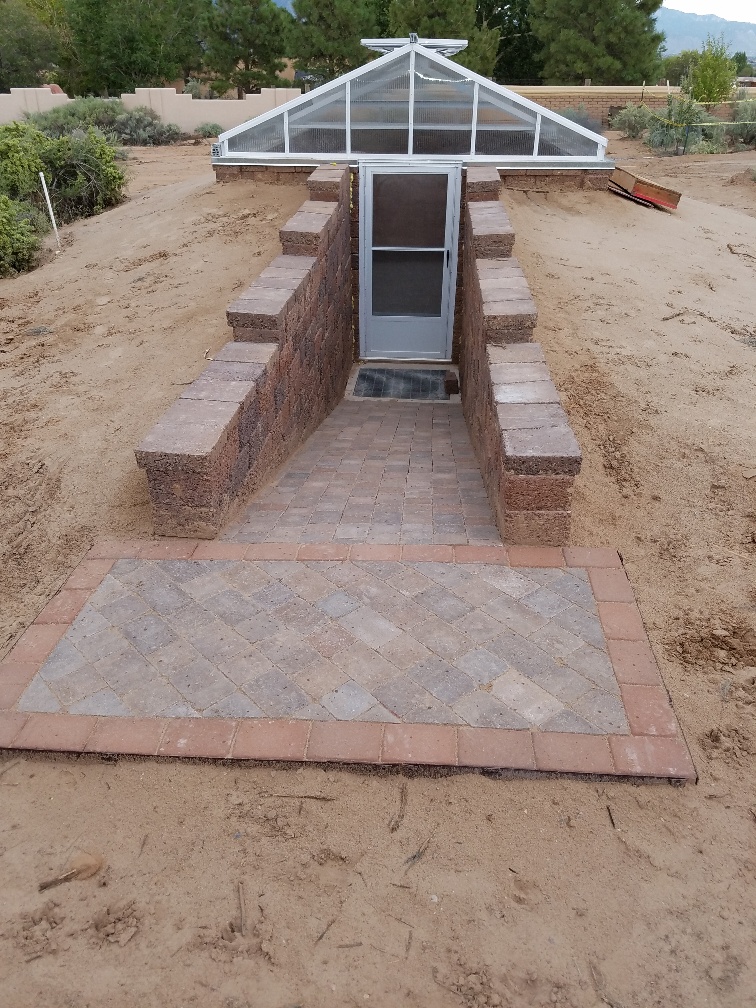

Common Questions & Considerations
Walipinis are incredibly effective, but they’re not one-size-fits-all. Here are some questions gardeners often ask:
Can I build a Walipini if I have a high water table?
Building underground near a high water table can create flooding risks. Experts recommend keeping your greenhouse at least 5 feet above the water table. Proper drainage is essential.
Do I need supplemental heating in winter?
In most areas, the earth’s insulation is enough, but in extremely cold climates, a backup heat source can help during cold snaps.
Where in the U.S. Are Walipini Greenhouses Most Effective?
Walipini greenhouses can work in a wide range of climates, but they perform best in areas where the soil stays relatively frost-free below ground level and where winter sunlight is sufficient to capture solar energy. In the U.S., this includes much of the West Coast, parts of the Southwest, and areas with moderate winters in the Midwest and Northeast. Gardeners in colder northern climates can still build a Walipini, but supplemental heat and careful site planning may be needed to maintain year-round growing conditions.
What size should my Walipini be?
A typical starting size is about 8’ x 12’ feet. Larger spaces are possible but require more planning for sunlight access, structural support, and ventilation.
How do I manage light in winter?
Because your greenhouse is partially underground, winter sunlight can be limited. Use high-performance LED lights to ensure crops get enough light.
Are there safety concerns?
Underground spaces can accumulate gases like radon or carbon dioxide from decomposing organic matter. Proper ventilation and monitoring are essential to keep your greenhouse safe.
What materials work best for walls and foundation?
Dense materials like stone, mud bricks, or water-filled barrels work best for heat retention. Lighter materials may require additional insulation.
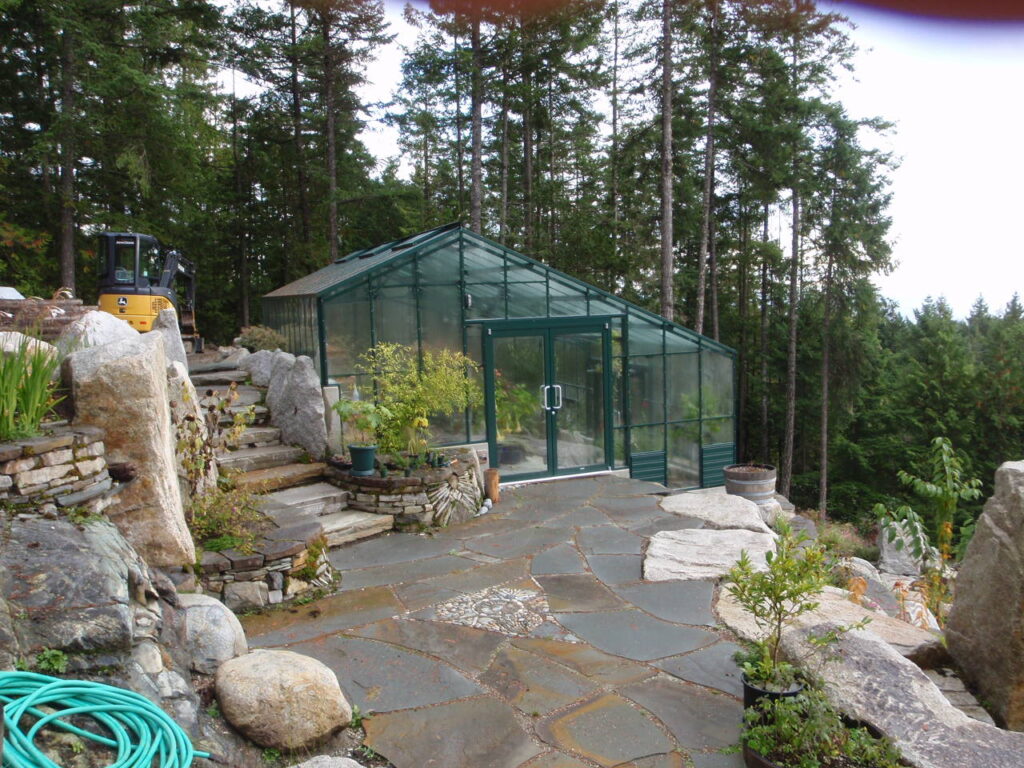
Starting Your Walipini Project with Charley’s
Building an underground greenhouse might sound like a big project, but with the right guidance, it can be an exciting and manageable endeavor. At Charley’s, we’re happy to work closely with gardeners to turn their Walipini dreams into practical, well-engineered solutions using our custom Cross Country Greenhouses. If you’ve been searching for how to build a Walipini greenhouse, our team can work with you to ensure that every design decision supports long-term success.
Once we understand you and/or your designer’s vision, our team will work with the Cross Country engineers to assemble detailed Walipini greenhouse plans tailored specifically to your project. These drawings ensure that your greenhouse is safe, structurally sound, and optimized for your site conditions. From sunlight angles to proper insulation and ventilation, every detail should be carefully considered so that your Walipini performs at its best.
Throughout the planning process, our team will guide you through the important decisions, offering advice on materials, layout, and construction strategies. By taking the time to plan each step, we help set your underground greenhouse up for long-term success. Once the design is finalized, we can provide a custom quote so you have a clear understanding of what your project will involve and what it will cost. With Charley’s guidance and Cross Country’s custom frame engineering, creating your own Walipini greenhouse becomes achievable.
Looking for a Real-World Walipini Example? Meet Dr. Ronald Jenkins’ Underground Greenhouse Journey
If you want to see what’s possible with a well-designed underground greenhouse, Dr. Ronald Jenkins’ story is inspiring. Dr. Jenkins, an interventional cardiologist, wanted a greenhouse that could handle the short summers and cold winters of North Idaho. Working with a technical design team and an architect who knows insulated foundations, he brought his vision to life with a custom Cross Country greenhouse that combined low-E double glass, polycarbonate roofing, and passive solar design.
The result? A greenhouse that grows fresh produce year-round, using the earth’s natural heat and smart ventilation to keep temperatures steady no matter the weather. Dr. Jenkins captured every step of his journey in his book The Solar Garden Greenhouse: The Design and Construction of a Year-Round Solar Powered, Carbon Neutral Greenhouse. It’s a fantastic guide if you love digging into the details of building, heating, and managing an underground greenhouse. Check it out on Amazon.
Tips for a Successful Underground Greenhouse
Even with expert support, there are a few practical tips that can help your underground greenhouse thrive:
- Choose your location carefully: Maximum sunlight exposure is key. South-facing slopes work best in the Northern Hemisphere.
- Focus on materials: Use dense walls, stone, mud bricks, or water barrels to capture heat efficiently.
- Plan for drainage: Water management is critical, especially in regions with rain or higher water tables.
- Use the right glazing angle: Position your roof to capture maximum winter sunlight.
- Integrate supplemental light: LEDs can keep plants productive when natural light is limited.
- Monitor ventilation and gases: Keep air moving to prevent radon or carbon dioxide buildup.
Maximize Your Harvest: Planning, Materials, and Maintenance
By paying attention to design, thermal mass, lighting, and ventilation, you can turn your Walipini into a productive, low-maintenance, year-round greenhouse. Proper planning ensures a safe and efficient build, while smart material choices help store and distribute heat effectively. Regular monitoring of moisture, air quality, and light levels will keep plants healthy and yields high throughout the year.
Enjoy Fresh Produce All Year Long with a Walipini
Walipini greenhouses offer a unique, energy-efficient, and productive way to grow food year-round. By leveraging the earth’s natural warmth and smart design principles, you can enjoy a stable, thriving garden even when the weather outside is harsh.
And the best part? You don’t have to go it alone. With Charley’s Cross Country Greenhouses, you can plan a custom underground or partially underground greenhouse project with expert guidance to ensure it’s safe, efficient, and set up for success. Our team will help you refine your design ideas, provide custom engineering plans from the manufacturer, and support you through the planning process so your Walipini is both beautiful and productive.
Ready to grow your own underground garden and enjoy fresh produce all year long? Reach out to our experts today and start planning your custom Walipini with Charley’s.





